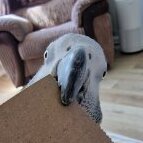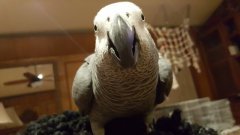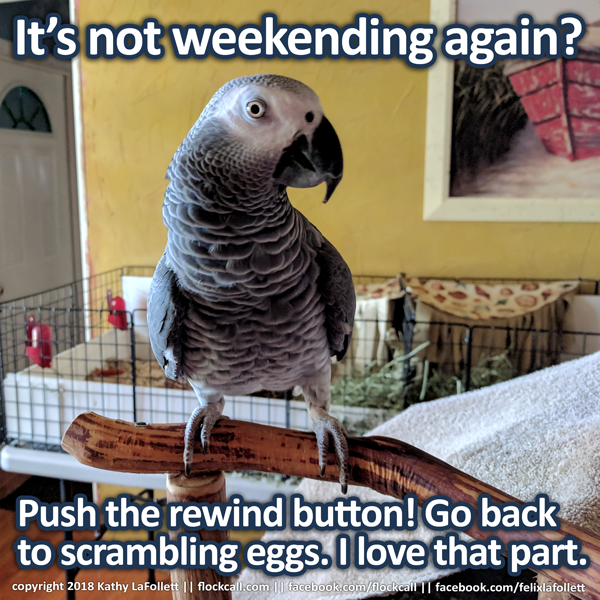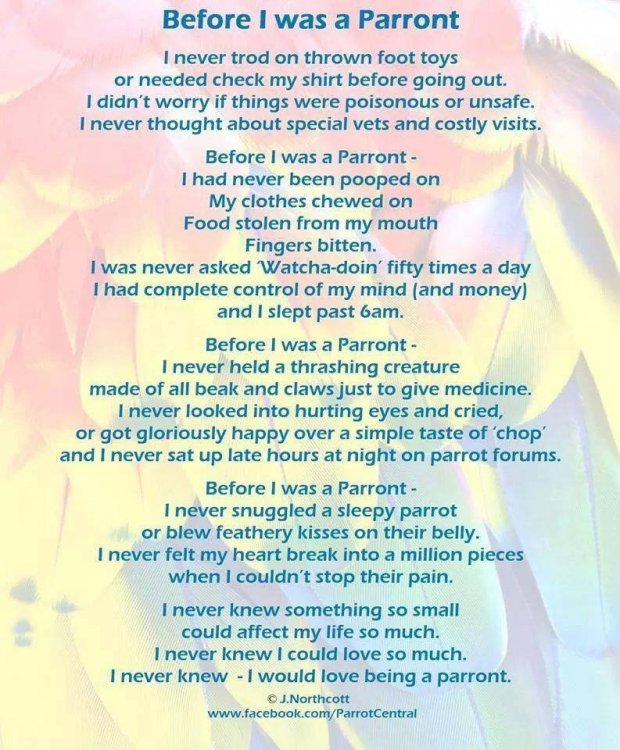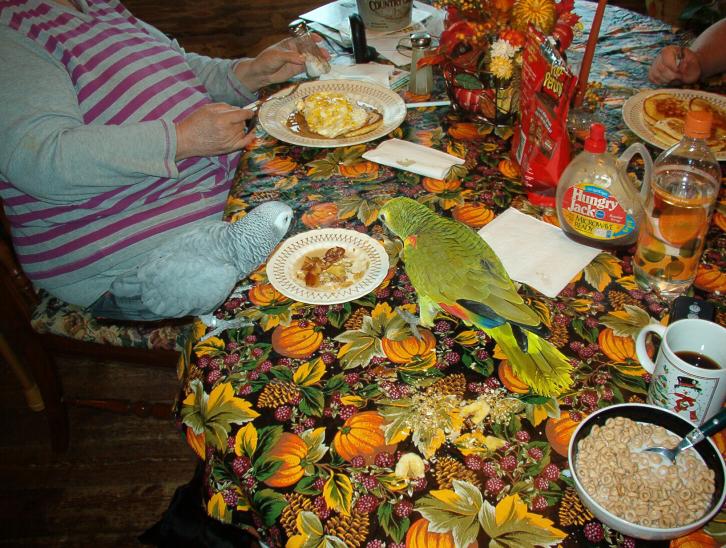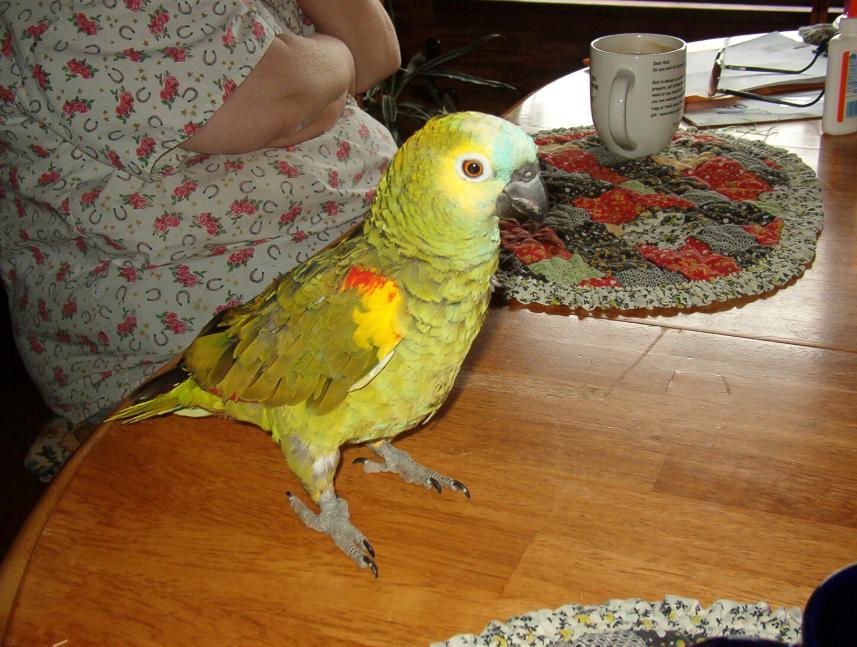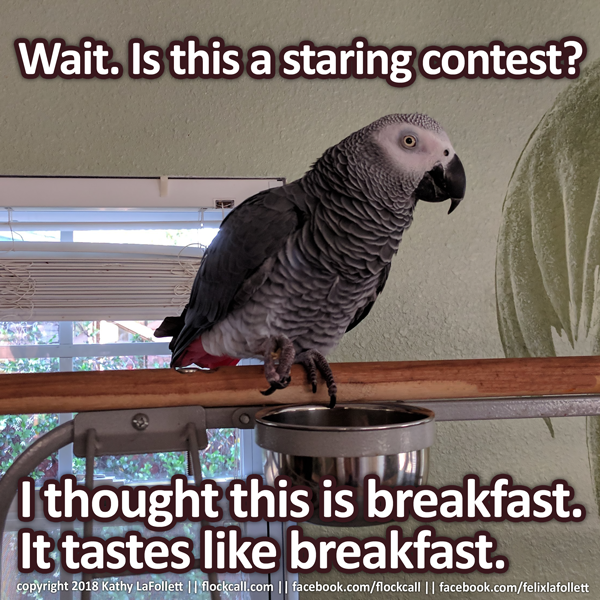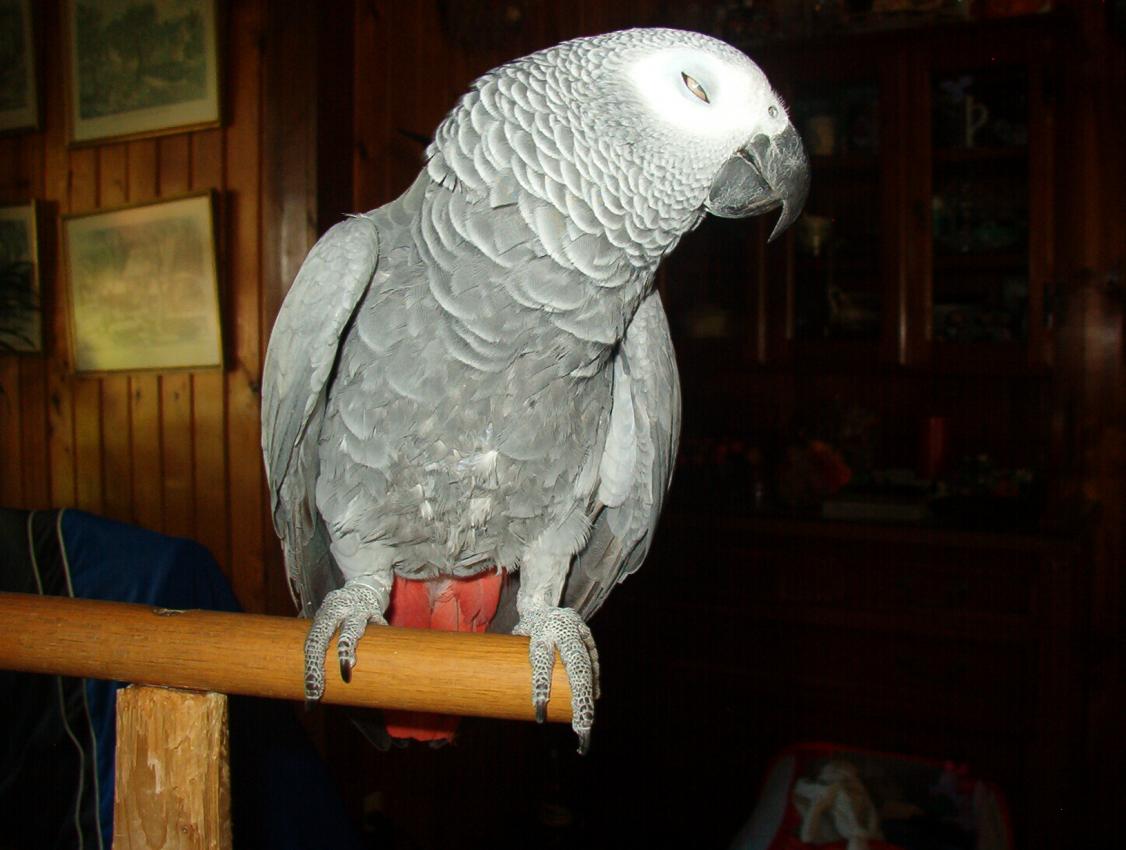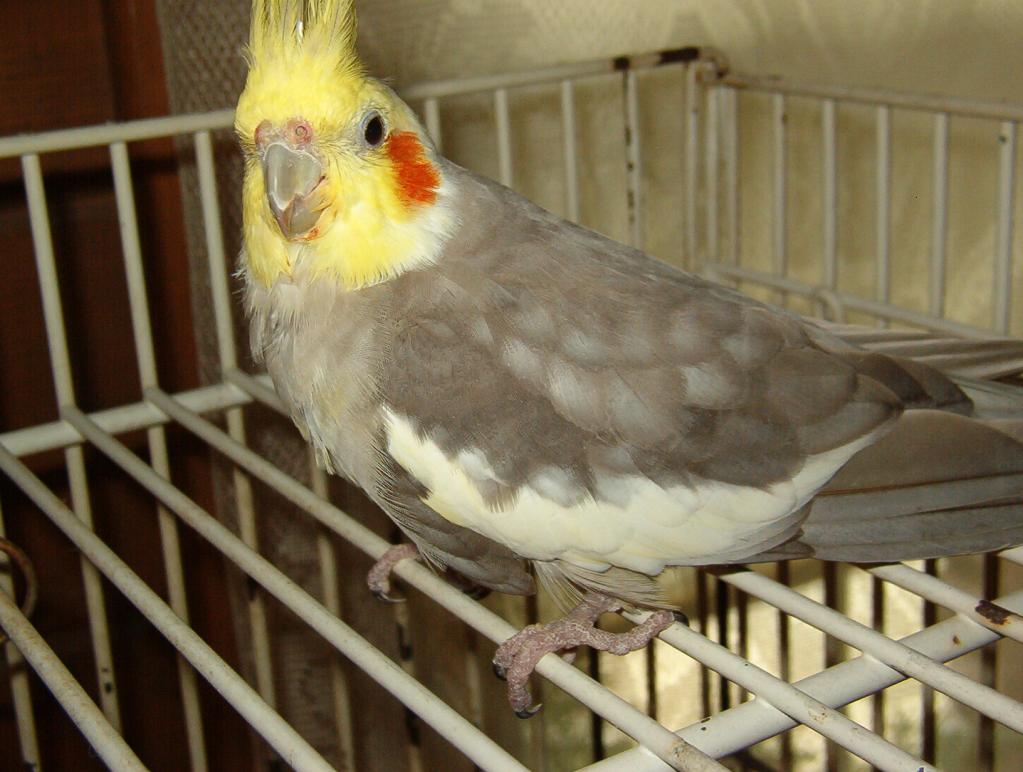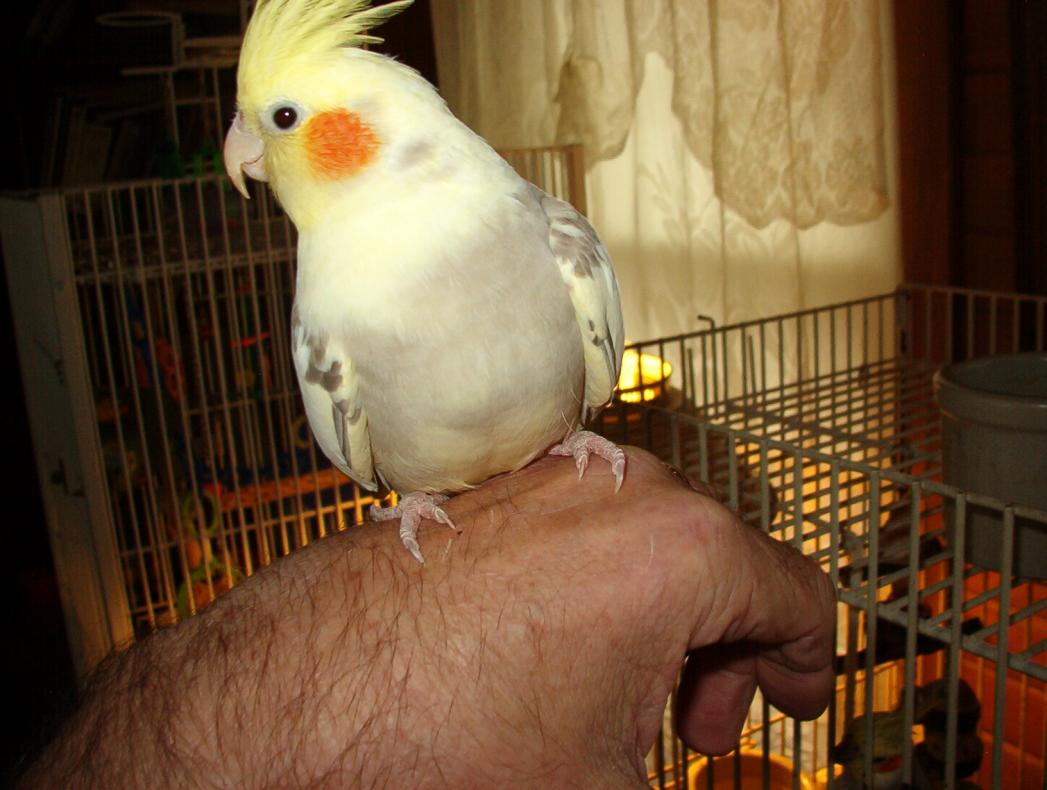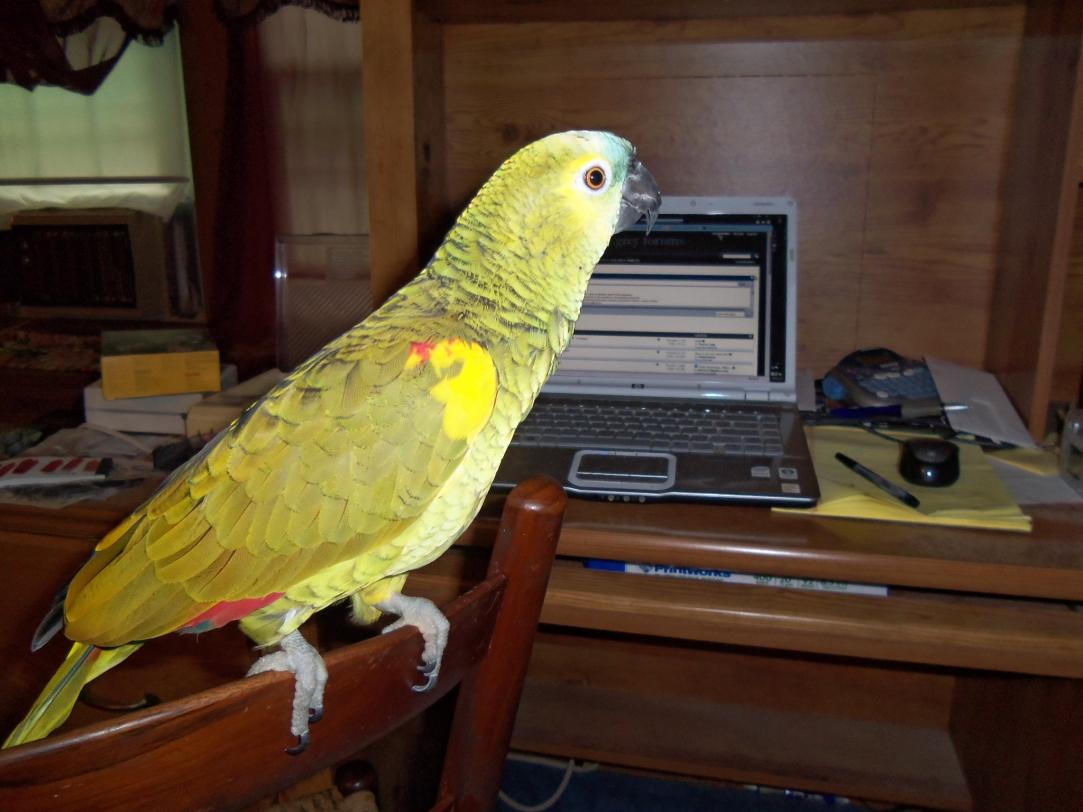NEW ADDRESS FOR MEMBERS GREYFORUMS.ORG
Leaderboard
Popular Content
Showing content with the highest reputation on 05/10/2018 in all areas
-
Keep it around for yourself as well- skin irritations, burns, cuts, even use it orally. Check it out.2 points
-
1 point
-
When it comes to preforming parrots the Amazon parrot sits at the top of the list. They are a very animated species of parrots and are often called the clowns of the parrot world. They have a in your face attitude, Are very hormonal when in season and unpredictable behavior can make them very hard to live with if not socialized. Still they are said to be the easiest parrot to train. Their out going attitude, their animated personality and their intelligence along with talking ability makes them a joy to watch. It takes a special person with parrot experience to work with these amazing parrots. They are very loyal and if not properly socialized become a one person parrot. Food for thought: You can take the best person in the world and if you look hard enough you can find something bad about them. You can take the worst person in the world and if you look hard enough you can find something good about them What you find depends on what you are looking for. When you have a Amazon look for the good and you will find it.1 point
-
Posted June 7, 2010 100 % NATURAL ALOE VERA JUICE ------------------------------------------------------- Most African Greys and Cockatoos and some other species have extremely dry skin. They have natural dander which allows 75% of their feathers to be water proof. Many people who do bathe their birds feel that the job wasn't thorough and many times, that's true. A completely soaked *to the skin* bath is the ideal but for some, but understandably it's hard to accomplish. For some birds that don't get this type of bath, the dry skin escaltes and can cause itching, irritations which can then cause plucking or chewing of the feathers. Sometimes, a bird might even decide to pull out the whole follicle in which case, the feather/feathers will never grow back. olting is nature's way of getting rid of old feathers that have become useless because they've died and a new set of feathers is ready to replace them. This also applies to flight and tail feathers who have a constant blood supply in them and when that blood supply finally dries up, the flight and tail feather will fall out because those feathers have also reached the end of their life and others are ready to take their place. The loss of flight feathers and tail feathers can't be put into the regular classification of a yearly or bi-yearly molt. Flight and tail feathers die off all year long and when they die off it means the feather is dead. All flight and tail feathers won't fall out at the same time. When a bird goes through a regular molt all other feathers do fall out at the same time. For many birds whether they have skin/feather problems or not, periodically using Aloe Juice will solve a few problems concerning skin but it'll have no effect on whether a bird has a good or bad molt. Nature is telling the parrot's body to shed feathers in order for new ones to grow in. Using Aloe Juice or water will never get rid of dander permanently. It doesn't matter how successful the bath is or the use of the juice is. Molting is a neccessity and the dust whichis called dander provides natural feather protection. 100% NATURAL ALOE VERA JUICE is usually sold in 1 gal. Jugs and can be obtained at major pharmacy outlets including Dept. Stores that have a large pharmacy area such as Walmart. The price ranges from approx $7 to $9 depending on where it's bought. Using Aloe Juice -------------------------- I find that the best method for using this product is through a mister/sprayer. The juice can be cold or room temperature. I prefer cold so I store the jug in the fridge and just pour it into the mister. There's been discussion about percentages of juice to water. I prefer full strength and I know it can't harm the birds. I've used it full strength for years. The choice is yours. The most important parts of a grey's body that should be thoroughly soaked are 1--the inner part of the wing where it meets the body. That body area should be sprayed very well. 2--all over the breast area starting from the neck all the way down to the vent area. All of the above areas aren't water proof so the juice should soak in immediately 3--the feathers covering each leg. 4--the base of the upper neck /lower back of the head. I fill a mister with the fluid and start misting the breast area. I stand about 10 to 12 in away. The closer you are to the bird, the better it is for the bird. Using a mister close up doesn't disturb a bird as much as if the mister was farther away. Usually, the bird tries to bite the nozzle which is to be expected. They'll do the same thing with a water mister. In order to Soak the bird down under the wing area, I turn the nozzle to squirt with the bird facing me, I squirt in between the wings and the body. It quickly works it's way in. In stead of using full pressure on the trigger, I use 1/2 squirts so that the shock of getting hit with the squirting action is greatly minimized. Some birds will actually open up their wings and let the fluid through. Not surprisingly, the majority of birds don't though. The best time to use aloe is after a bath because it has no effect on the outer feathers because the flight, tail and covert feathers are all waterproof. Plain water which used in misters, baths or showers is the best way to remove dander which sits on the the outer feathers. Using Aloe Juice softens and makes the skin extremely supple. Normally, a grey or TOO will sit quietly after being bathed until nature tells it that it's time to preen which might take more than an hour. Depends upon the bird.. PS---I also keep a small bottle of 100% PURE ALOE VERA GEL around in case of periodic irritations on the legs I.e.--raw spots, dry scales and intense picking. I also use it for minor thin spots on the body that can happen during molting season. A little dab and it immediately is absorbed by the leg or body. Think about purchasing and keeping that product around besides the aloe juice. You can compare the gel to a first aid cream that people always have around for themselves. Neither of these items are harmful to the bird. The juice, if accidently ingested won't hurt the bird because neither item is toxic. The gel immediately sinks into ares where it's used. People also drink Aloe Vera juice when they have intestional problems such as ulcers and digestive problems --------------------------------------------------------------------------------------------------------------======================================================= Please don't click rewards for me, this is Dave's post. Jayd1 point
-
1 point
-
I would like to put some (small) trees or plants into the aviary I have in my garden. I saw some fruit trees/bushes at a local garden centre recently but wasn't sure if the branches and leaves were safe. They had a selection of blueberry, gooseberry, redcurrant and blackberry. Are any of these toxic to birds? (Branches leaves and/or fruit?) The other thing I need to bear in mind is that the cats will be using the aviary too. And they will also happily chew/play with plants and trees. So I have to be careful that the plants aren't toxic to cats. Similarly, I want to put some tree logs/branches I there for the cats. But need to find something that's suitable for both the cats and Alfie. I have done a few searches but it's difficult to narrow down what might be safe for both..and of course I find different information wherever I look. Is anyone able to make some recommendations about what is bird AND cat safe please?1 point
-
Hi, Berry are hard to grow, and if they lose their blossom , no fruit.....1 point
-
So do you think the branches and leaves would be ok if the cats got at them? One of my cats will eat any plant (I can't have them in the house because they would systematically destroy them!).1 point
-
1 point
-
1 point
-
Hi, berry are grown on vines and sometime bushes.. https://www.bhg.com/gardening/container/plans-ideas/berries-in-containers/ https://pets.thenest.com/blueberries-safe-cats-8730.html1 point
-
1 point
-
Thanks Jayd, that's really useful. I found and checked the aspca one whilst I was looking at the various fruit trees but I cannot find things like blueberry trees in the list- either toxic or non-toxic. I will continue searching as I know my two cats will have a go at anything I put in the aviary, so I need to be careful.1 point
-
🙂 http://www.plannedparrothood.com/plants.html https://www.aspca.org/pet-care/animal-poison-control/cats-plant-list1 point
-
I haven't seen this and I'm not sure it airs in the UK. Might see if I can find some clips online.1 point
-
We were actually considering getting an Amazon until Timber had his health issues. Now he takes additional care and I feel that we need to focus on him. Reading your post, Ray, makes me wish we could have one!1 point
-
1 point


